The world of winter sports is filled with adrenaline-pumping disciplines, but few match the sheer intensity and precision of bobsleigh. This high-speed team sport, often referred to as "the Formula 1 of ice," combines raw athletic power with split-second decision-making as athletes navigate a gravity-powered sled down a narrow, twisting ice track at speeds exceeding 90 miles per hour.
Modern bobsleigh traces its roots to the late 19th century when adventurous Swiss hoteliers began modifying delivery sleds for recreational purposes. What started as a thrill-seeking activity soon evolved into a structured sport, making its Olympic debut at the inaugural Winter Games in 1924. The sport's development mirrors technological progress - from simple wooden sleds to today's aerodynamically optimized, high-tech machines crafted from cutting-edge materials like carbon fiber and steel runners polished to molecular-level smoothness.
The physics behind bobsleigh performance reveals why this sport demands such specialized equipment. Every component - from the sled's shape to the runners' curvature - gets optimized to minimize air resistance and maximize ice contact. Teams spend thousands of hours in wind tunnels perfecting their sled's aerodynamics, knowing that even a 0.1-second advantage can determine Olympic glory. The runners alone require such precise maintenance that teams often bring portable grinding machines to competition venues.
Contemporary bobsleigh features three Olympic events: two-man, four-man, and women's monobob. Each presents unique challenges - while four-man races showcase raw power with their explosive four-athlete starts, the newer monobob event (introduced in 2022) emphasizes technical precision as a single athlete must both push and pilot the sled. The sport has made significant strides in gender equality in recent years, with women's bobsleigh becoming one of the fastest-growing winter sports globally.
What separates elite bobsleigh athletes from other winter sports competitors is their rare combination of explosive strength and delicate control. Push athletes typically come from sprinting or powerlifting backgrounds, capable of generating incredible acceleration during the critical start phase. Drivers, meanwhile, develop an almost supernatural feel for the track, memorizing every curve and executing precise steering inputs while enduring forces up to 5G. The best pilots process information and react faster than the average person can blink.
The tracks themselves represent marvels of engineering and ice maintenance. Modern bobsleigh courses stretch approximately 1,500 meters with 15-20 banked turns, requiring meticulous refrigeration systems to maintain optimal ice conditions. Track crews work around the clock using specialized equipment to create the perfect ice surface - too soft and it slows sleds; too hard and it becomes dangerously fast. The famous Whistler track used in the 2010 Vancouver Olympics remains the world's fastest, having seen bobsleighs reach 96 mph.
Safety has undergone revolutionary improvements since the sport's early days. Contemporary sleds incorporate crushable materials and roll bars, while athletes wear helmets with advanced impact protection and fire-resistant suits. These developments came in response to historical accidents - the 1964 Innsbruck Olympics saw a tragic crash that killed a competitor, prompting widespread safety reforms. Modern tracks feature specially designed runoff areas and impact-absorbing walls at dangerous curves.
Bobsleigh's unique team dynamics create fascinating interpersonal chemistry. Unlike most team sports where players interact throughout competition, bobsleigh teammates spend their entire run in complete silence - any communication during the descent could distract the driver. Teams develop intricate pre-run rituals and communication systems, with some using subtle pressure changes in how they lean to convey information without words. This wordless coordination often takes years to perfect.
The sport faces ongoing challenges, particularly regarding accessibility. Building and maintaining bobsleigh tracks costs tens of millions, limiting training opportunities to wealthy nations. In response, the International Bobsleigh and Skeleton Federation has developed push-start tracks and wheeled sleds for summer training. Some nations have found innovative solutions - Jamaica famously entered the 1988 Olympics with a sled funded by a combination of corporate sponsors and a national bobsleigh lottery.
Looking ahead, bobsleigh continues evolving technologically and culturally. Researchers are experimenting with new runner materials and smart sleds that provide real-time performance data. The sport's governing body aims to make competitions more spectator-friendly with enhanced broadcasting technology that better conveys the incredible speeds. As bobsleigh prepares for its second century as an Olympic sport, it maintains its unique position as a breathtaking showcase of human courage, teamwork, and technological innovation.

By Emily Johnson/May 8, 2025
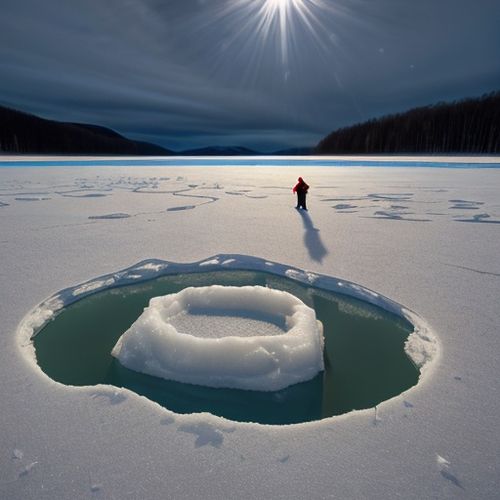
By Natalie Campbell/May 8, 2025
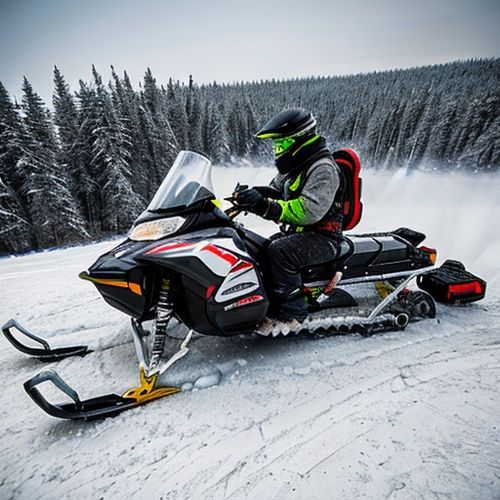
By Olivia Reed/May 8, 2025
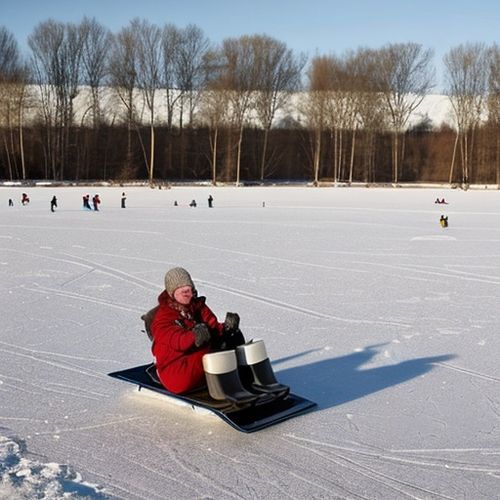
By Lily Simpson/May 8, 2025
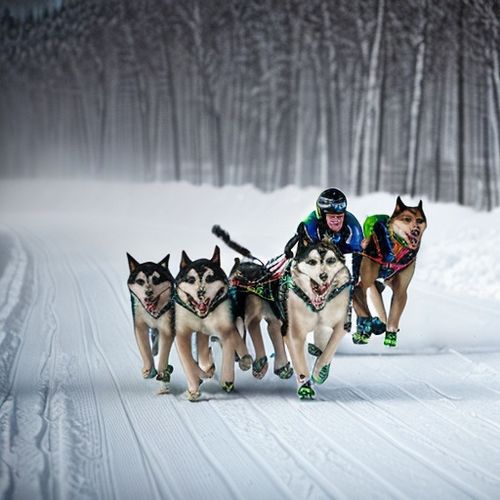
By Olivia Reed/May 8, 2025

By Thomas Roberts/May 8, 2025

By Daniel Scott/May 8, 2025
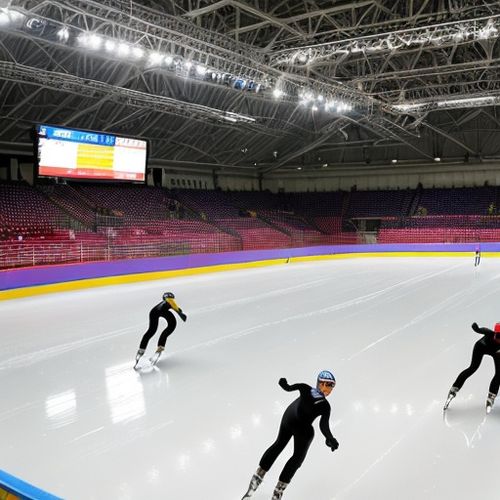
By George Bailey/May 8, 2025
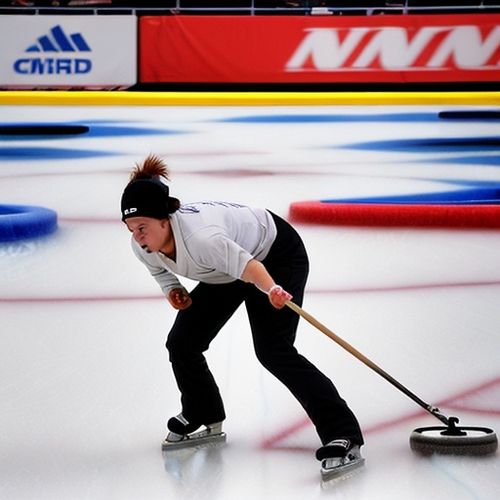
By David Anderson/May 8, 2025
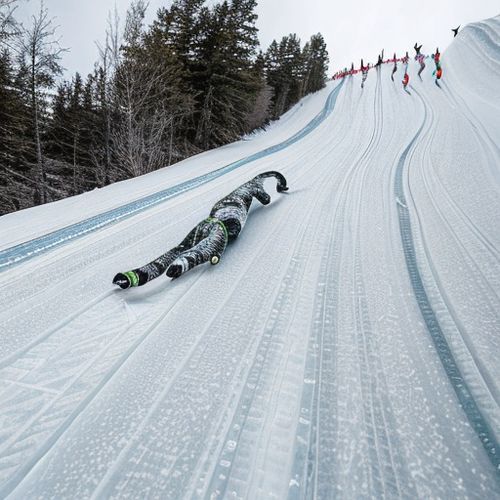
By Amanda Phillips/May 8, 2025
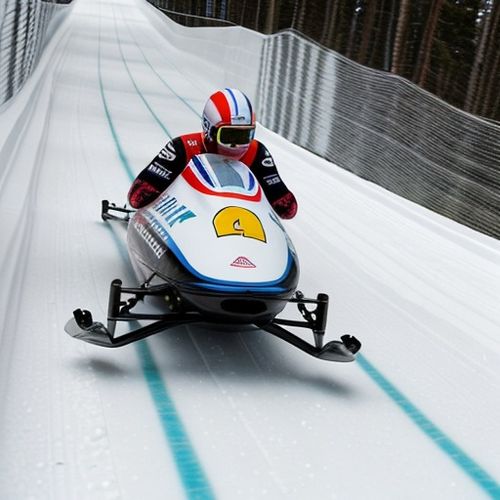
By Rebecca Stewart/May 8, 2025

By Christopher Harris/May 8, 2025

By Emily Johnson/May 8, 2025

By Christopher Harris/May 8, 2025
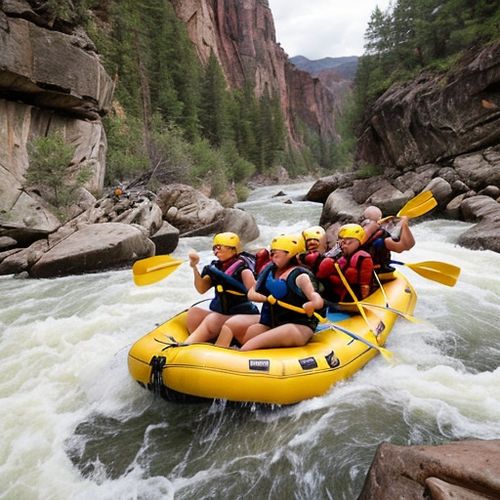
By Thomas Roberts/May 8, 2025
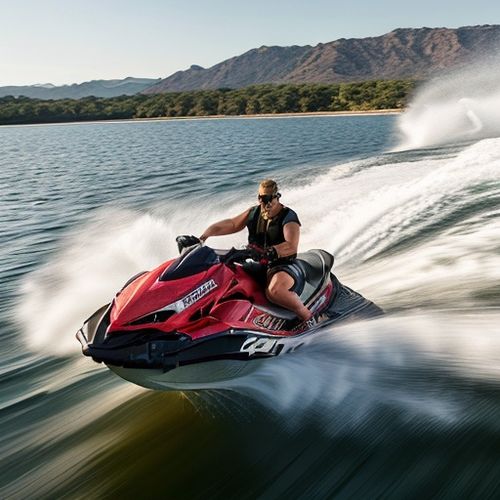
By Rebecca Stewart/May 8, 2025
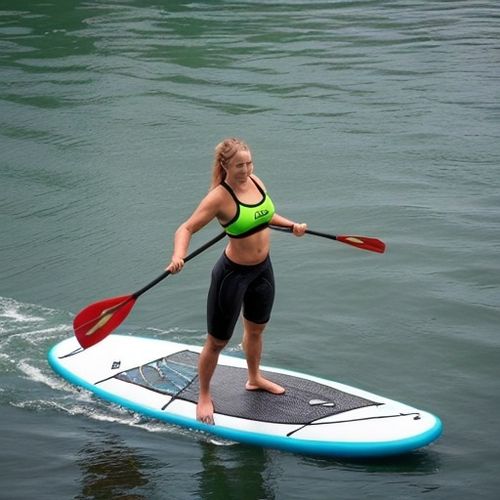
By Noah Bell/May 8, 2025

By Lily Simpson/May 8, 2025
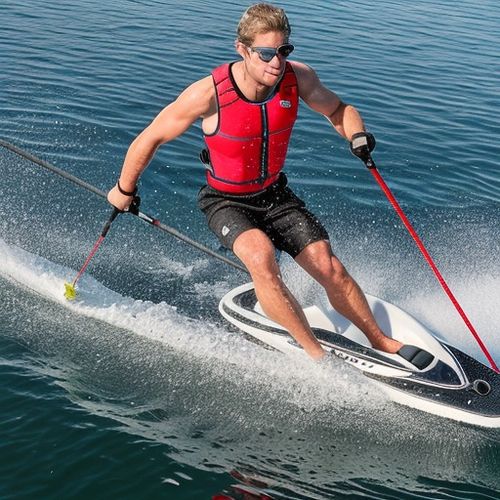
By Megan Clark/May 8, 2025
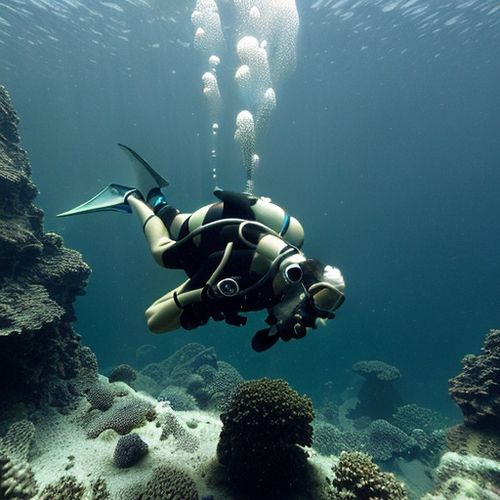
By Megan Clark/May 8, 2025